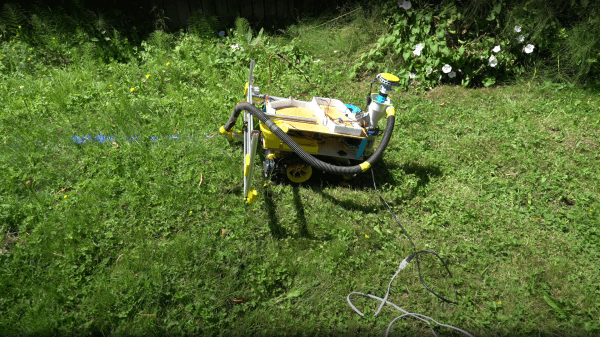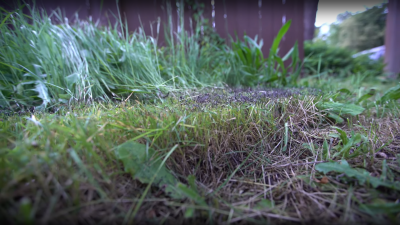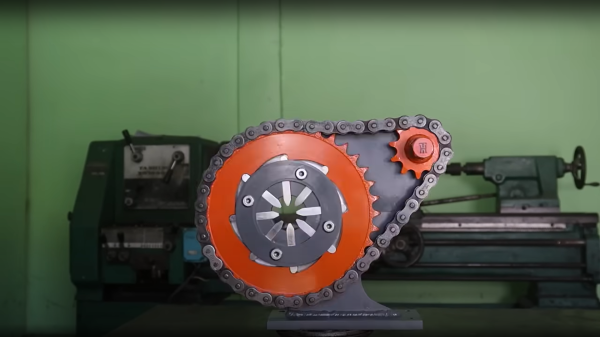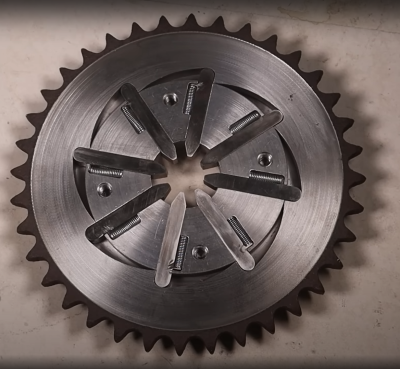[feralAI] and fellow GitHub contributors present for your viewing pleasure GP2040: an open source game pad firmware for RP2040-based hardware. The dual-core RP2040 is a good platform to use for gaming inputs, as there is plenty of CPU grunt to get sub-1 ms USB polling time, regardless of any other tasks the controller may be performing. Currently the firmware supports PC, Android, RPi, Nintendo Switch, PS3, PS4 (legacy mode), and the sweet MiSTer FPGA-based retro-gaming platform.
The firmware supports the older DirectInput API and the newer shiny (but rather restrictive) XInput API (no, it’s not the old X11 input extension with the same name) — as well as the usual controller features like SOCD cleaning, D-pad mapping, and RGB support for additional distractions. There is even support for those tiny OLED displays (SSD1306 and friends), although we can’t think of a use case for that at the moment. Configuration is particularly interesting, however, as it is based upon an embedded web application. This is where the pin mappings to your actual hardware are defined, as well as all that RGB bling, if you so desire.






 crimping profile. A small piece of steel was welded on to each, to allow a small spring to act on the finger, enabling it to retract at the end of the crimping action. We did spot the steel plate being held in place with a small magnet, prior to welding. The heat from that would likely kill off the magnetic field in a short space of time, but they’re so cheap as to be disposable items anyway.
crimping profile. A small piece of steel was welded on to each, to allow a small spring to act on the finger, enabling it to retract at the end of the crimping action. We did spot the steel plate being held in place with a small magnet, prior to welding. The heat from that would likely kill off the magnetic field in a short space of time, but they’re so cheap as to be disposable items anyway.
 which might be a bit tricky to track down if you were so inclined to reproduce the build. It appears (well if you believe the auto-translation by Google Lens, anyway) to be a spare blade for a commercial guide saw available in Japan at least.
which might be a bit tricky to track down if you were so inclined to reproduce the build. It appears (well if you believe the auto-translation by Google Lens, anyway) to be a spare blade for a commercial guide saw available in Japan at least.














